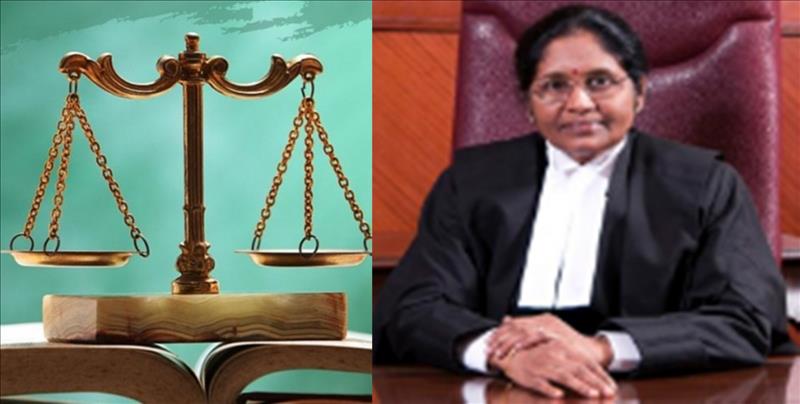(MENAFN- IANS) New Delhi, Sep 10 (IANS) India has a democracy where caste is intrinsic and indispensable in its electoral theatre. And in order to address the anomalies engendering from caste distinctions, the Narendra Modi government constituted a four-member commission headed by retired Delhi High Court Chief Justice G. Rohini in October 2017, to look into the issue of sub-categorisation within OBCs.The over 1,000-page long Justice G. Rohini Commission's report consists of two parts: the first that deals with how the OBC quota ought to be allocated; and the second is an updated list of all 2,633 OBC castes across India.
The fact that the role of caste is institutionalised to decisive extents-in terms of both electoral politics and socio-economic policy-making-its understanding warrants a revision of history.
On August 7, 1990, when Prime Minister Vishwanath Pratap Singh announced in both houses of the Parliament that there will be 27 per cent reservation for Other Backward Classes (OBCs) in Central government services and public sector units, protests rocked the nation. This decision followed form the Mandal Commission report.
The Mandal Commission was set up in 1979 under the Morarji Desai government and was chaired by B.P. Mandal, former Chief Minister of Bihar.
It submitted its report on December 31, 1980, and recommended reservation for OBCs in Central government jobs, public sector undertakings as well as in educational institutions-taking the extent of reservations for Scheduled Castes and Scheduled Tribes to 49 per cent.
Several students took to the streets, held demonstrations and blocked roads. Anti-Mandal protests evolved in no time and turned grim in September 1990 when a Delhi University student set himself ablaze.
The recommendation for OBC reservations in Central government institutions was implemented in 1992, and that in educational institutions came into force in 2006.
Even after two decades of its implementation, inequity and inequality continue to persist given how the benefits of reservation are availed by different communities within the OBC.
In 2015, the National commission for Backward Classes (NCBC) had proposed sub-catagorisation of OBC.
In 2017, then President Ram Nath Kovind, exercising his power conferred under Article 340 of the Constitution, appointed a commission to evaluate the matter of sub-catagorisation of OBCs, which was chaired by Justice G. Rohini.
The Constitutional grounds of such an undertaking come from Article 14 which guarantees equality before the law, implying steps required for the upliftment of un-equals to bring them at par with those above them; and from Article 16 (4) which empowers the State to make any provision for the reservation of appointments or posts in favour of any backward class of citizens who, in the opinion of the state, are not adequately represented.
The aim of the Rohini Commission was to ensure social justice in an efficient manner by prioritising the Extremely Backward Classes (EBCs).
The Rohini commission was assigned to sub-catagorise OBC groups and suggest a breakdown of the over 2,600 caste groups on the Central OBC list to ensure a more equitable redistribution of benefits.
The mandate of Rohini Commission was also tasked with looking into how the 27 per cent reservation for OBCs in jobs and education was being implemented and if all categories of OBCs were indeed benefitting from it.
After six years, it recently submitted its report to the Ministry of Social Justice and empowerment. Its findings, if implemented, could be a game-changer as it would disrupt the existing political strategies that have yielded predictable results.
It was found that out of nearly 6,000 groups within OBC, only 40 communities got 50 per cent of reservation benefits for admission in Central educational institutions and recruitment to the Civil Services. Another finding is that close to 20 per cent of OBC communities did not get a quota benefit at all from 2014 to 2018.
It is pertinent to rewind to the recommendations of the Mandal Commission that helped the already economically better off OBC groups more than those who actually needed institutional support.
But since this type of reservation is only a blanket method for dishing out benefits to a certain caste group and clearly not a social security scheme, there was a noticeable disbalance between those who reaped its benefits and those that remained barely attended to-within the said group.
But, since the socio-economic condition of many did improve noticeably, it is expected to be capitalised on for electoral gains. Afterall, these recommendations helped empower certain OBC groups and even gave them a voice politically.
However, a parliamentary panel on the Welfare of OBCs noted in its February 2019 report that despite four revisions of the income criteria since 1997, the 27 per cent vacancies reserved in favour of OBCs were not being filled up.
The committee brought to light that the data received from 78 ministries and departments regarding representation of OBCs in the posts and services of the Central government as on March 1, 2016, reflected poor OBC occupancy levels.
Out of the 32.58 lakh government employees, only 7 lakh are from OBC groups, i.e, 21 per cent against the quota of 27 per cent. The maximum number of OBCs (6.4 lakh or 22.65 per cent) are employed in Group C, which largely comprises the sanitation department staff.
While it may appear obvithat blanket benefits for select groups do not yield the expected results, considering a switch in objectives from political milage to socio-economic upliftment could be a much-needed reorientation in terms of policy matters.
(Kavya Dubey may be reached at )
--IANS
kvd/ksk




















Comments
No comment